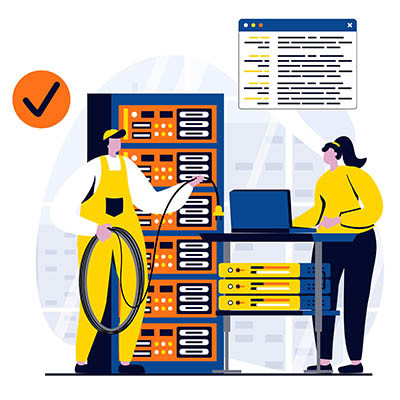There’s a lot of comfort to be found in familiarity. It’s why so many of us cling to the way we’ve always done things. It’s the root of the old adage, “if it ain’t broke, don’t fix it.” In many contexts, this can be very good advice. One place it isn’t: your business’ technology.
Neglecting to improve the technology your business relies on can itself incur significant inherent costs that aren’t immediately apparent. Let’s explore them to truly appreciate the benefits of keeping your business’ tech up to date.




















